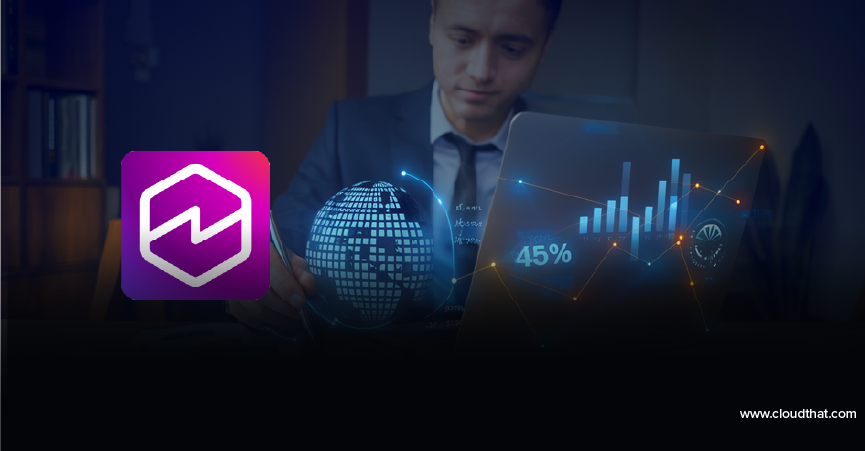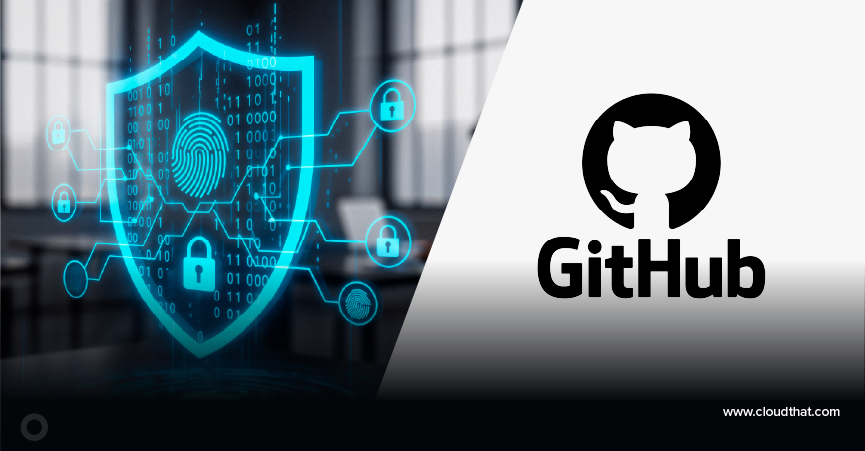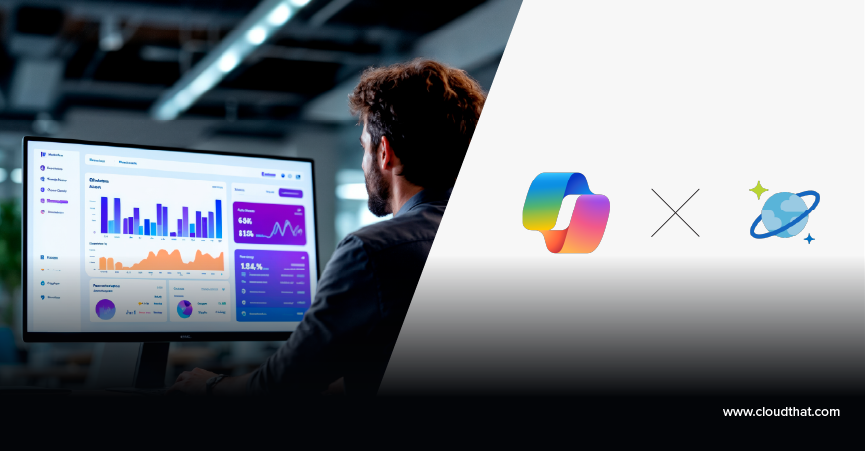|
Voiced by Amazon Polly |
In the ever-evolving world of hybrid cloud infrastructure, Microsoft continues to innovate to meet the demands of modern IT environments. With the release of Azure Local (version 23H2), organizations using Azure Stack HCI (version 22H2) now have a powerful path forward.
But this isn’t just another OS upgrade—it’s a strategic transition into a more integrated, automated, and cloud-connected platform that aligns your on-premises environment with Azure’s future.
In this blog, I’ll walk you through what Azure Local is, why the upgrade matters, and how to prepare for a smooth transition.
Become an Azure Expert in Just 2 Months with Industry-Certified Trainers
- Career-Boosting Skills
- Hands-on Labs
- Flexible Learning
What is Azure Local?
Azure Local is the next evolution of Azure Stack HCI, delivering modern hybrid cloud infrastructure with deeper Azure Arc integration, streamlined management, and enhanced security. Built on a foundation of Infrastructure as Code (IaC) and lifecycle automation, Azure Local represents a shift in how on-premises environments are provisioned, configured, and maintained.
Rather than treating infrastructure as static, Azure Local introduces Lifecycle Manager (LCM) and Azure Arc as core components. Together, they ensure your systems are always in a known, desired state—backed by automation and central control from the Azure Portal.
Why Upgrade from Azure Stack HCI 22H2?
The upgrade from Azure Stack HCI 22H2 to Azure Local is more than just a feature update—it’s a transformation in infrastructure operations. Here’s what makes the upgrade worth considering:
- Deeper Azure Integration: Azure Arc provides consistent policy, monitoring, and security across hybrid resources.
- Automated Lifecycle Management: LCM automates updates, configuration drift correction, and overall system health.
- IaC-Driven Management: Provision and manage infrastructure using templates for repeatability and control.
- Security Enhancements: Take advantage of new capabilities like Windows Defender Application Control and BitLocker encryption.
- Future-Proofing: Azure Stack HCI 22H2 reaches end of support in May 2025.

Fig: Azure Local Version 23H2 components
Source: About Azure Local upgrade to version 23H2 – Azure Local | Microsoft Learn
Understanding the Upgrade Process
Understanding the Upgrade Process
Upgrading to Azure Local involves two key phases:
- Operating System Upgrade
- Upgrade from version 22H2 to 23H2 using standard upgrade tools.
- No disruption to your existing workloads, thanks to rolling cluster updates.
- Azure Arc Enablement (Solution Upgrade)
- A guided experience through the Azure Portal activates Azure Arc and the full Azure Local platform.
- This enables centralized management, policy enforcement, and solution-level automation.
Prepare with the Environment Checker
Before initiating the upgrade, use the updated Environment Checker tool. This will:
- Identify if your system has unsupported configurations or preview Arc components.
- Verify host networking setups (e.g., Network ATC).
- Provide actionable guidance to remediate any issues.
Running this tool in advance ensures you’re ready when the upgrade becomes available.
Security & Compatibility Considerations
Your existing Group Policy Objects (GPOs) and security configurations remain intact after the upgrade. However, version 23H2 lays the foundation for more robust security postures, including:
- Support for BitLocker to encrypt disk volumes.
- Enablement of Windows Defender Application Control.
- Improved compliance with Microsoft’s security baselines.
One important caveat: Stretched clusters and Storage Replica are no longer supported in Azure Local. These configurations will need to remain on the OS-only upgrade path or be re-architected in the future.
Key Timeline: End of Support for 22H2
Azure Stack HCI 22H2 will reach its end of service in May 2025. After that, clusters will no longer receive monthly security and quality updates. Upgrading ensures your environment stays protected and supported.
Final Thoughts
Upgrading from Azure Stack HCI 22H2 to Azure Local is an opportunity to modernize your infrastructure with cloud-powered capabilities while maintaining control on-premises. It’s not just about new features—it’s about aligning with a future-ready model built on automation, integration, and scalability.
Take the first step today:
- Run the Environment Checker
- Review your system configurations
- Plan for a smooth rollout when Azure Local becomes available in your region
The future of hybrid cloud is here—and it’s local. WS-013T00-A: Azure Stack HCI Certification Course
Enhance Your Productivity with Microsoft Copilot
- Effortless Integration
- AI-Powered Assistance
About CloudThat
CloudThat is an award-winning company and the first in India to offer cloud training and consulting services worldwide. As a Microsoft Solutions Partner, AWS Advanced Tier Training Partner, and Google Cloud Platform Partner, CloudThat has empowered over 850,000 professionals through 600+ cloud certifications winning global recognition for its training excellence including 20 MCT Trainers in Microsoft’s Global Top 100 and an impressive 12 awards in the last 8 years. CloudThat specializes in Cloud Migration, Data Platforms, DevOps, IoT, and cutting-edge technologies like Gen AI & AI/ML. It has delivered over 500 consulting projects for 250+ organizations in 30+ countries as it continues to empower professionals and enterprises to thrive in the digital-first world.

WRITTEN BY Mariyam Thomas


 Login
Login


 May 22, 2025
May 22, 2025 PREV
PREV










Comments